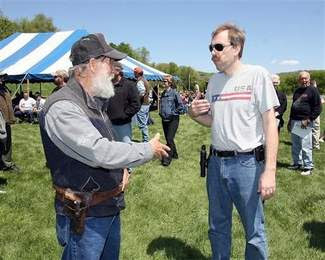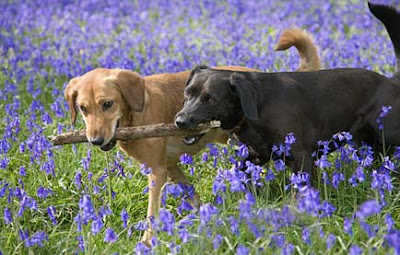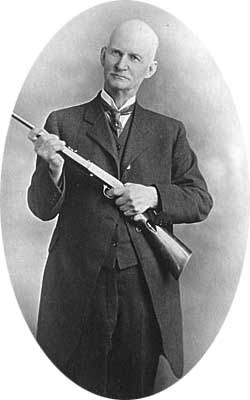"The Sandpit" is a video composed of 35,000 tilt-shift photographs taken in New York City. Director Sam O’Hare wrote about this project:Vimeo
I have always loved time-lapse footage, and films like Koyaanisqatsi especially, which allow you to look at human spaces in different ways, and draw comparisons between patterns at differing scales. I also really liked the tilt-shift look of making large scenes feel small, and wanted to make a film using this technique with New York as its subject.
Bits and Pieces via Neatorama
















(.jpg)















